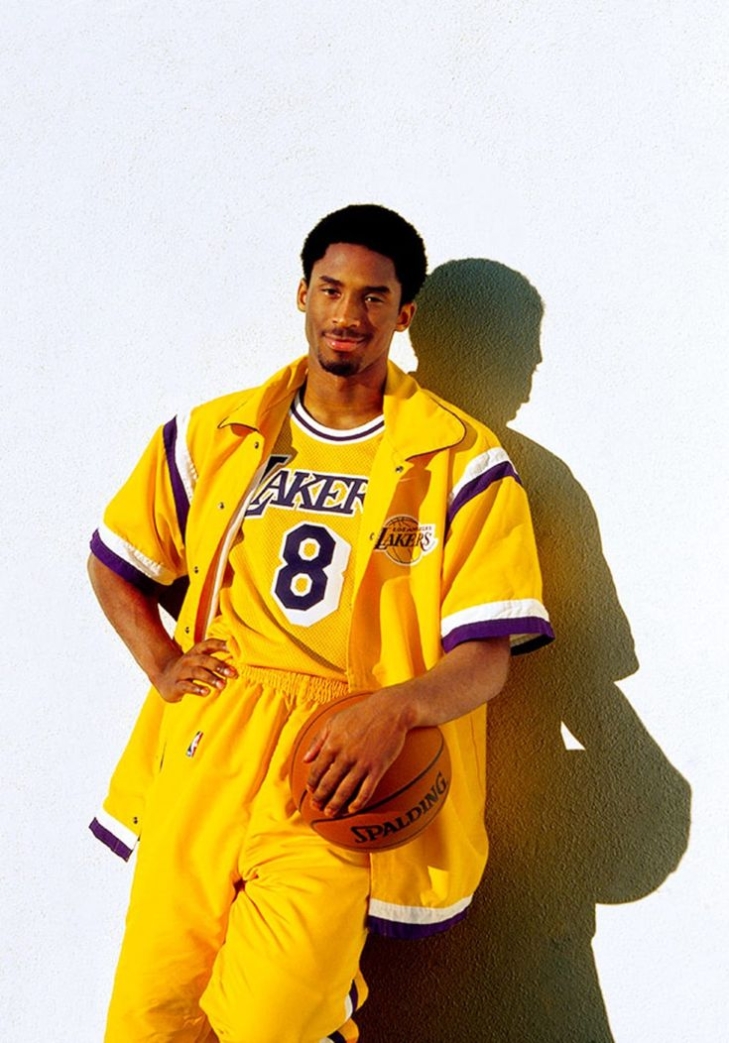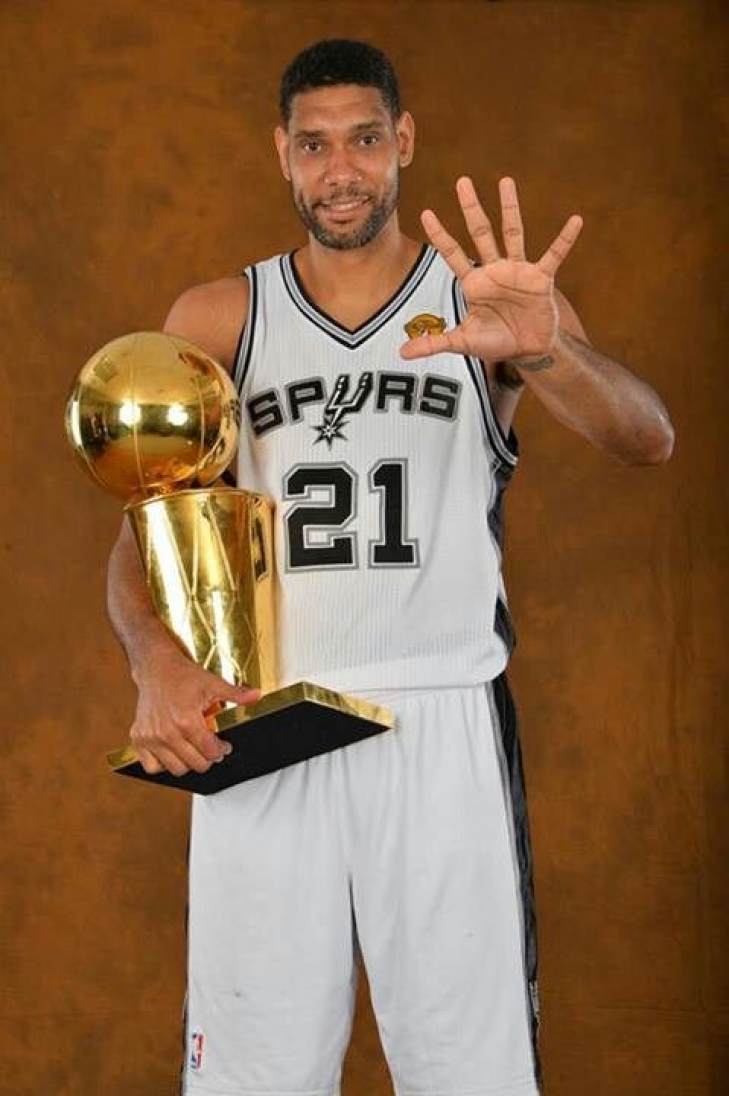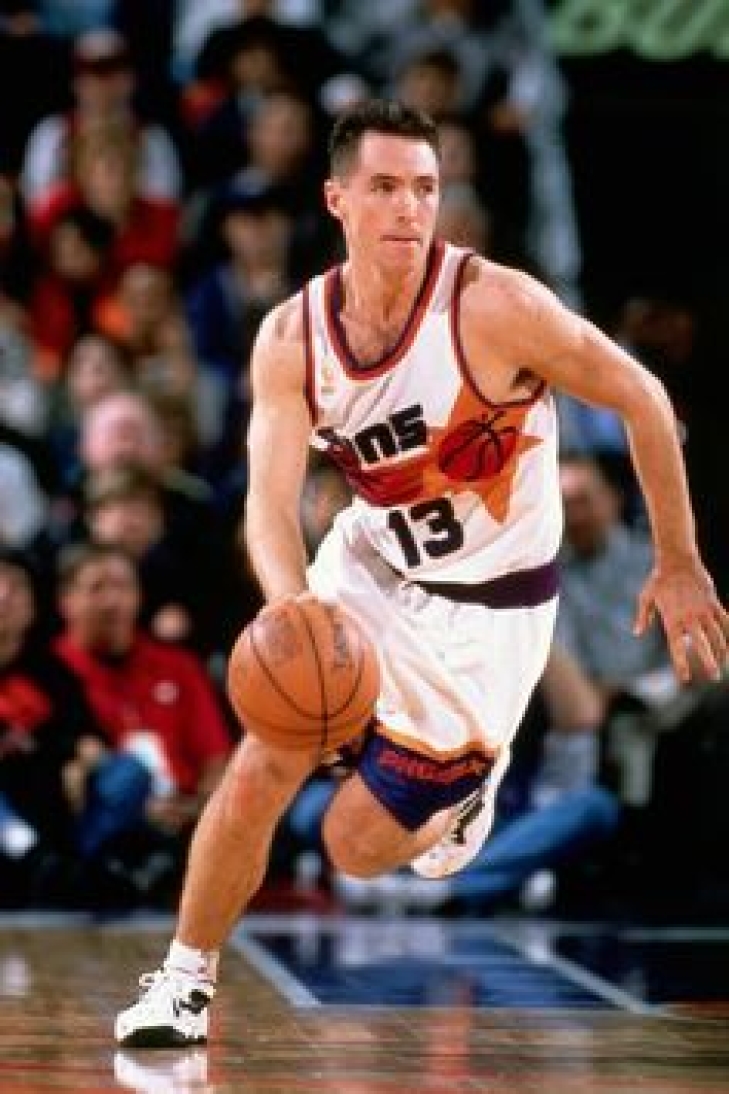Our Basketball Hall of Fame Monitor of Active Players have been revised
We have a major update on our Notinhalloffame Basketball Hall of Fame Monitor, where we have now divided our Top 50 Active Players into five positional categories:
Point Guards
Shooting Guards
Small Forwards
Power Forwards
Centers
In each position, we utilize the average traditional and advanced statistics of the last five players who reached the Hall of Fame, but not their induction year, but rather the last five whose Peak Period occurred. This means that no Senior induction will be part of the average.
The statistical bars we are looking at are:
Games Played
*All-NBA
All-Star
**MVP
***All-Defensive
**Defensive Player of the Year
Points per Game
****Peak Period Points per Game
Total Points
****Peak Period Total Points
Rebounds per Game
****Peak Period Rebounds per Game
Total Rebounds
****Peak Period Total Rebounds
Assists per Game
****Peak Period Assists per Game
Total Assists
****Peak Period Total Assists
Steals per Game
*****Peak Period Steals per Game
Total Steals
****Peak Period Total Steals
Blocks per Game
****Peak Period Blocks per Game
Total Blocks
****Peal Period Total Blocks
Playoff Games
PER
****Peak Period PER
Win Shares
****Peak Period Win Shares
VORP
****Peak Period VORP
Conference Championships
NBA Championships
*All-NBA have weighted points. 3 for the First Team, 2 for the Second Team, and 1 for the Third Team.
**MVP and Defensive Player of the Year have weighted points. 10 for 1st Place, 9 for 2nd Place, 8 for 3rd Place, 7 for 4th Place, 6 for 5th Place, 5 for 6th Place, 4 for 7th Place, 3 for 8th Place, 2 for 9th Place and 1 for 10th Place.
***All-Defensive have weighted points. 2 for the First Team, 1 for the Second Team.
****Peak Period is the best seven consecutive seasons by a player.
This will be updated at the end of the season.
We look forward to your input, and as always, we thank you for your support.
Shooting Guard MPA
Please note that this does not necessarily reflect the last five Shooting Guards inducted but rather the previous five peak runs of that particular player. Also, we are going with what each player predominantly played. For some positions, we see very different players who bring unique skill sets, and at Shooting Guard, we often see them also play at the Point.
The five Shooting Guards we are using as the baseline are:
Vince Carter. Class of 2024 & Peak Period 1999-2000 to 2005-06: Carter also played a large part of his career at Small Forward (including his Peak Period) and, late in his career, was also used as a Power Forward.
Dwyane Wade. Class of 2023 & Peak Period 2004-05 to 2010-11: Wade occasionally played at Point Guard.
Manu Ginobili. Class of 2012 & Peak Period 2004-05 to 2010-11: Ginobili is a worthy Hall of Fame inductee, but his overall metrics are considerably lower than the other Shooting Guards on the bar.
Kobe Bryant. Class of 2020 & Peak Period 2005-06 to 2011-12: An occasional Small Forward, Bryant’s greatness and longevity jack up the Modern Positional Averages at this position.
Ray Allen. Class of 2018 & Peak Period 2002-03 to 2008-09: Allen was a pure Shooting Guard, and though he only retired in 2014, he will be the first one taken off once the next SG is indicted.
Peak Period is the best seven consecutive seasons by a player.*All-NBA have weighted points. 3 for the First Team, 2 for the Second Team, and 1 for the Third Team.
MVP and Defensive Player of the Year have weighted points. 10 for 1st Place, 9 for 2nd Place, 8 for 3rd Place, 7 for 4th Place, 6 for 5th Place, 5 for 6th Place, 4 for 7th Place, 3 for 8th Place, 2 for 9th Place and 1 for 10th Place.
All-Defensive have weighted points. 2 for the First Team, 1 for the Second Team.
Power Forward MPA
Please note that this does not reflect the last five Power Forward inducted but rather the previous five peak runs of that particular player. Also, we are going with what each player predominantly played. For some positions, we see very different players who bring unique skill sets, and just like at Center, that is very much the case for Power Forwards.
The five Power Forwards we are using as the baseline are:
Dirk Nowitzki. Class of 2023 & Peak Period 2004-05 to 2010-11: A career Dallas Maverick, Nowitzki also played some time at Center, but he was a Power Forward more often, especially in his peak period.
Chris Webber. Class of 2021 & Peak Period 1996-97 to 2002-03: Webber played most of his career at Power Forward, though he occasionally lined up at Center.
Tim Duncan. Class of 2020 & Peak Period 1999-2000 to 2005-06: Duncan was the hardest to classify. “Big Fundamental” arguably played more at Center throughout his career, but in his Peak Period, he was more of a Power Forward, hence why he is listed here and not at the five.
Kevin Garnett. Class of 2020 & Peak Period 1999-2000 to 2005-06: Garnett played mostly at Power Forward but, late in his career, was more a Center, and early in it, saw some time at Small Forward.
Dennis Rodman. Class of 2011 & Peak Period 1988-89 to 1994-95: Rodman is a fascinating name on this as not only did he play a significant part of his career as a Small Forward (including his peak period), but he was not a prolific scorer but a far more adept rebounder than the four other legends in his peer group. There will be a significant change in the statistical bar when he is removed from these five (and he will be the first to be removed once the next Power Forward is inducted).
Peak Period is the best seven consecutive seasons by a player.*All-NBA have weighted points. 3 for the First Team, 2 for the Second Team, and 1 for the Third Team.
MVP and Defensive Player of the Year have weighted points. 10 for 1st Place, 9 for 2nd Place, 8 for 3rd Place, 7 for 4th Place, 6 for 5th Place, 5 for 6th Place, 4 for 7th Place, 3 for 8th Place, 2 for 9th Place and 1 for 10th Place.
All-Defensive have weighted points. 2 for the First Team, 1 for the Second Team.
Small Forward MPA
Paul Pierce, Grant Hill, Tracy McGrady, Chris Mullin, Scottie Pippen
Please note that this does not necessarily reflect the last five Small Forwards inducted but rather the previous five peak runs of that particular player. Also, we are going with what each player predominantly played. For some positions, we see very different players who bring unique skill sets, and at Small Forward, they often see action in other roles.
The five Small Forwards we are using as the baseline are:
Paul Pierce. Class of 2021 & Peak Period 2004-05 to 2010-11: Pierce logged more minutes in the first half of his career as a Shooting Guard, which bled into significant time into his Peak Period.
Grant Hill. Class of 2028 & Peak Period 1994-95 to 2000-01: Hill also played at Shooting Guard, but unlike Pierce, there was no internal debate in slotting Hill at the three.
Tracy McGrady. Class of 2017 & Peak Period 2000-2001 to 2006-07: This was the trickiest one among our baselines. McGrady played just as much as a Shooting Guard, which includes our Peak Period. We could have easily placed T-Mac in the SG spot, and we will be open on this; the lack of Small Forwards recently inducted might have swayed this decision.
Chris Mullin. Class of 2011 & Peak Period 1987-88 to 1993-94: Mullin played more games as a Shooting Guard early in his career, but that did not occur in his peak period.
Scottie Pippen. Class of 2010 & Peak Period 1991-92 to 1997-98: Pippen is the only player here who was always a Small Forward, and we could arguably use him as a one-man bar for this spot for decades to come.
Peak Period is the best seven consecutive seasons by a player.*All-NBA have weighted points. 3 for the First Team, 2 for the Second Team, and 1 for the Third Team.
MVP and Defensive Player of the Year have weighted points. 10 for 1st Place, 9 for 2nd Place, 8 for 3rd Place, 7 for 4th Place, 6 for 5th Place, 5 for 6th Place, 4 for 7th Place, 3 for 8th Place, 2 for 9th Place and 1 for 10th Place.
All-Defensive have weighted points. 2 for the First Team, 1 for the Second Team.
Point Guard MPA
Please note that this does not necessarily reflect the last five Point Guards inducted but rather the previous five peak runs of that particular player. Also, we are going with what each player predominantly played. For some positions, we see very different players who bring unique skill sets, and at Point Guard, we often see them also play at Shooting Guard.
The five Point Guards we are using as the baseline are:
Chauncey Billups. Class of 2024 & Peak Period 2004-05 to 2010-11: Billups played significant time early and the end of his career as a Shooting Guard, but his Peak Period was all as a Point Guard.
Tony Parker. Class of 2023 & Peak Period 2006-07 to 2012-13: Parker’s career never deviated from the Point Guard position.
Jason Kidd. Class of 2018 & Peak Period 1997-98 to 2003-04: Kidd played Shooting Guard for some time, and his defensive numbers pushed the bar very high for other Point Guards.
Steve Nash. Class of 2018 & Peak Period 1997-98 to 2003-04: The two-time MVP only played at the Point.
Gary Payton. Class of 2013 & Peak Period 1993-94 to 1999-2000: Like Kidd, Payton’s defensive metrics help push those MPA numbers very high.
Peak Period is the best seven consecutive seasons by a player.*All-NBA have weighted points. 3 for the First Team, 2 for the Second Team, and 1 for the Third Team.
MVP and Defensive Player of the Year have weighted points. 10 for 1st Place, 9 for 2nd Place, 8 for 3rd Place, 7 for 4th Place, 6 for 5th Place, 5 for 6th Place, 4 for 7th Place, 3 for 8th Place, 2 for 9th Place and 1 for 10th Place.
All-Defensive have weighted points. 2 for the First Team, 1 for the Second Team.






